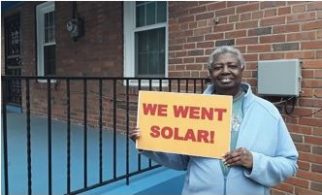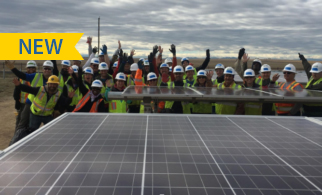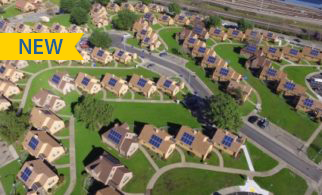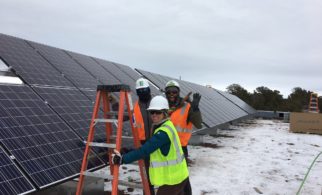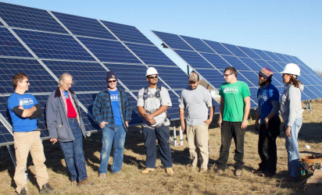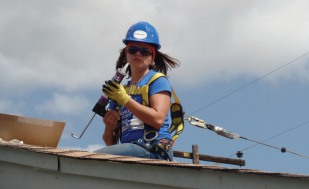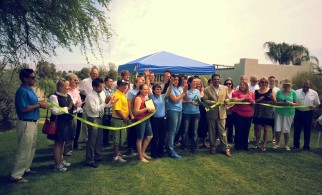Community Solar
Overview
Approximately 75 percent of individuals across the country do not have access to solar energy solutions, whether because they don’t have suitable roof space, don’t own their home, or face certain financial barriers to going solar. These barriers are even more acute for low-income customers. Community solar programs, sometimes known as ‘shared solar’ or ‘solar gardens,’ can help address both the physical and financial barriers of going solar. Community solar allows individual subscribers to directly benefit from a solar installation sited elsewhere in the community, eliminating the need for roof space. Subscribers receive a credit on their utility bill for the clean energy produced by the system using the Virtual Net Energy Metering mechanism, and can save money each month on their electricity bills.
Community solar programs are being increasingly adopted by states and forward-looking utilities that want to connect more consumers with clean energy. Today at least 16 states and the District of Columbia have some form of statewide community shared solar policy in place, although their policy structures and resulting market impact varies widely.

State community solar policies should achieve the following principles, which are critical for serving the general and low-income markets alike (also check out CCSA’s Community Solar Policy Decision Matrix, IREC’s report, SELC’s brief, and NREL’s Focusing the Sun: State Considerations for Designing Community Solar Policy):
- Community solar programs should expand access to a broader group of energy consumers than current solar policies and markets allow.
- Participants should receive a bill credit that clearly and properly compensates them for the long-term value of the clean energy produced.
- Community solar policies should be flexible enough to allow for a variety of ownership and contract models to meet different consumers’ preferences and financial standing, such as an upfront payment model, a leasing agreement or co-op style ownership.
- Community solar policies should be additive to existing renewable energy programs, not undermine them.
Successful Low-Income Strategies
While community solar is a promising tool for expanding solar access, it does not automatically create or ensure low-income participation. Almost all of the same barriers to entry–particularly financing, education and outreach, and market forces–exist for community solar as for rooftop.
Experience has shown that a targeted policy and programmatic focus on serving low-income consumers is necessary to successfully expand community solar’s reach to low-income communities at scale. At least 10 states have included low-income provisions in their community solar programs. Click here for a summary of state approaches to low-income community solar (PDF.)
States have taken various approaches to date, including:
- Carveouts: A carveout designates a certain amount of program or project capacity to LMI customers. Project carveouts have been included under community solar programs in initial years of Colorado and New York Phase 1, which mandate that a certain percentage of all community solar projects be dedicated to low-income, and are proposed for utility-led facilities in HI. Program carveouts have been included in Maryland and Oregon, which mandate a certain percentage of overall program dedicated to low-income customers
- Incentives: Incentives and adders have been used to incentivize low-income participation in states like Colorado, Illinois and Massachusetts
- Programs: Programs have been designed specifically for low-income community solar, towards the goal of low-income participation and benefit. Colorado Energy Office deployed a dedicated low-income community solar program aimed at reducing low-income energy burden, and New York (NYSERDA) has proposed a program under which the state entity will serve as an intermediary purchaser of community solar and allocate capacity to low-income customers
Policy guidelines & resources:
Click here to download in-depth low-income community solar policy guidelines and sample bill language.
For a brief overview of opportunities, challenges, and statewide best practices for low-income community solar programs, click here.
